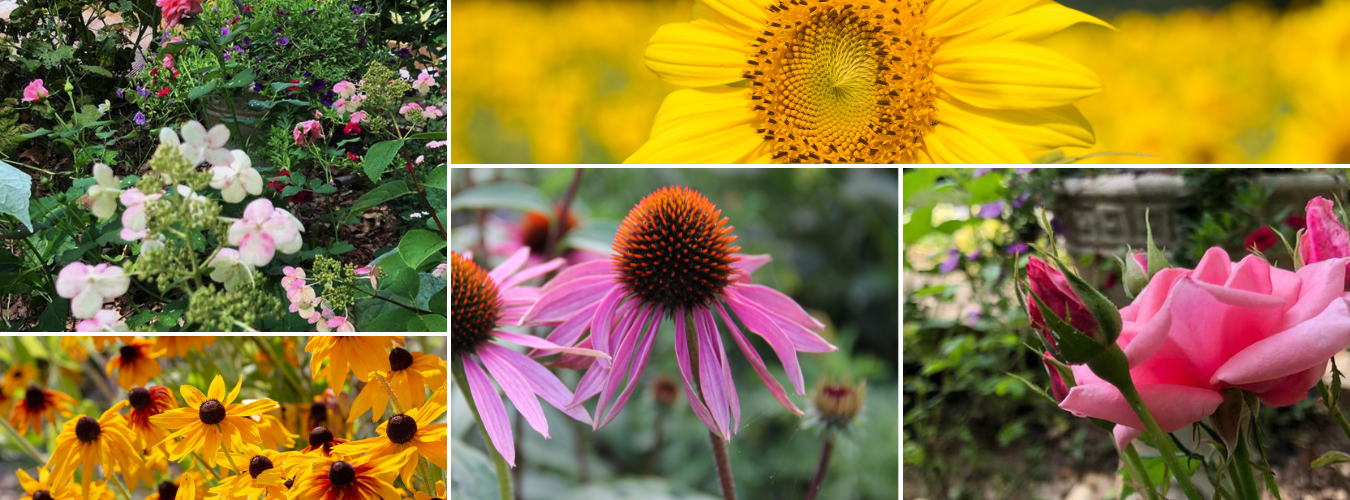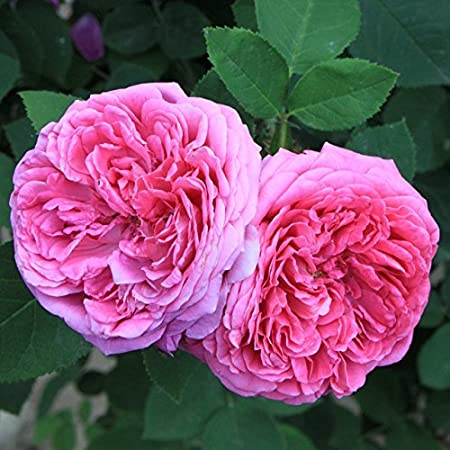I have grown heirloom and/or antique roses for many years, but for some reason, I have never grown Damask roses, and today, I discovered that they are precisely the types of roses that I need to make rose perfumes, waters, oils, vinegars, etc., which I really want to try doing.
In another post, I share a few old, old recipes with you.
In this post, I will discuss the various Damask Rose varieties that I need to grow to supply the rose petals for the aforementioned recipes. Before I begin with that list, I want to say that the Damask roses are probably the oldest of old roses, and their existence dates back at least to Bible times. The word “Damask” no doubt alludes to Damascus, an old city that was named in the Bible. While the following list of Damask roses offers dates that one species or another was cultivated, there are a few rose cultivars in the following list that may date completely back to antiquity.
Damask Roses

The Website Heirloom Roses says the following about Damask Roses:
“Damask Roses have graced the world since ancient times. As one of the oldest rose varieties, the Damask has given birth to thousands of new varieties while maintaining its own unique heritage. The Damask is a shrub rose, typically known for its sprawling growth habits. It can reach up to 7 feet in height. Damask blooms are held on open airy branches and are almost always clear pink in color. The elongated and pointed foliage are greyish-green and downy on the underside. World renowned for its fine fragrance and perfume production, Damask roses make a beautiful and fragrant showing.”
A List of Damask Roses from Heirloom Roses Website:
- Angelina
- Autumn Damask – Rosa Damascena Semperflorens
- Blush Damask
- Celsliana
- Hebe’s Lip
- Ispahan
- La Ville de Bruxelles
- Leda
- Quatre Saisons
Madame Hardy is another Damask rose.

Angelina Rose – Photo Credit Heirloom Roses
Heirloom Roses describes Angelina as only moderately fragrant, and with its semi-double blooming habit, it doesn’t look lie the roses I more commonly consider to be Damask Rose types. This rose originated in Scotland, and it was introduced in 1976. I do not believe that I’ll begin my Damask Rose collection with this variety. It does not seem that it is the very fragrant type of Damask rose that the ancients used for perfumes, oils, and waters.

Autumn Damask – Rosa Damascena Semperflorens
Photo Credit Heirloom Roses
Autumn Damask, however, seems like a more logical choice for my needs. Heirloom Roses describes Autumn Damask as follows:
“Very fragrant medium pink semi-double blooms produced in clusters on a spreading plant with grey-green foliage.” This rose was cultivated in 1819.

Heirloom Roses describe the Blush Damask Rose as: “Light pink with a strong myrrh fragrance.” This rose was cultivated in 1806.

Celsiana Damask Rose – Photo Credit Heirloom Roses
Heirloom Roses describes Celsiana as follows: “Large, semi-double, soft pink blooms with attractive golden stamens produced in small clusters on a graceful bush with grey-green foliage. An outstanding rose with magnificent perfume.” Celsiana dates back to pre-1732.

Hebe’s Lip Damask Rose – Photo Credit Heirloom Roses
Since I live in the South, Hebe’s Lip might be a good choice for my garden. Heirloom Roses describes Hebe’s Lip as follows:
“A white, nearly white blend Damask with cherry-red edges and pink undertones. Having a strong fragrance on the semi-double cluster blooms makes this once bloomer a prize to have in your yard. Don’t mind the thorns because the fragrance makes up for it’s thorns with weeks worth of a bloom showing. Dark green foliage. Good for zones 6-10.” Hebe’s Lip was cultivated in 1829.

Ispahan Damask Rose – Photo Credit Heirloom Roses
While most of the Damask Roses have vicious thorns, Ispahan is nearly thorn-free. Heirloom says the following about Ispahan: “Ispahan has exquisite 2.5″, large, double (17-25 petals) blooms of lovely pink. One of the first Old Roses to bloom, flowering freely. Glorious fragrance.”
Damask Roses are believed to have originated in Persia and other parts of the Middle East and Far East. This cultivar’s name seems to indicate that plant’s origin. Heirloom Roses says that is originated pre-1832.
La Ville de Bruxelles Damask Rose
Photo Credit Heirloom Roses
Heirloom Roses desicribes this rose as follows: “One of the most sublime of old roses. Huge, fully double, quartered 3-4″ blooms (petals 40+) of purest pink. Very fragrant. ‘La Ville de Bruxelles’ produces one of the largest blooms among the old roses. Strong, once blooming upright, spreading plant with great foliage.” It was cultivated in 1849.

Leda Damas Rose – Photo Credit Heirloom Roses
Heirloom Roses says the following about Leda: “Very fragrant double blooms of milk-white, at times tinted with just a hint of pale pink with irregular crimson-red marking on the petal edges. A compact once blooming plant with grey-green foliage.” Cultivated in1827.


